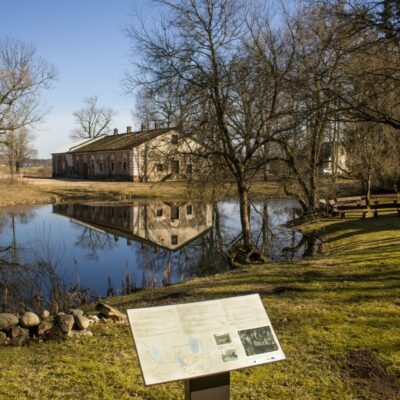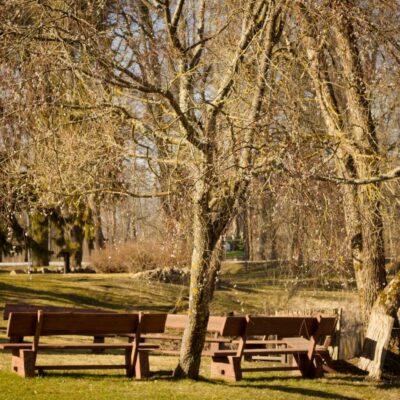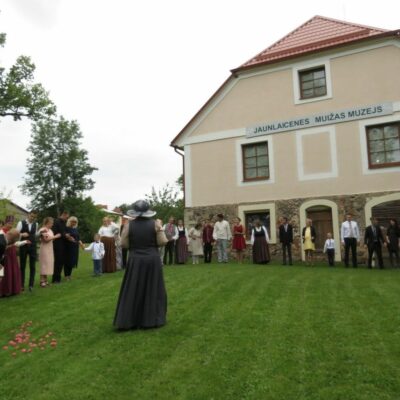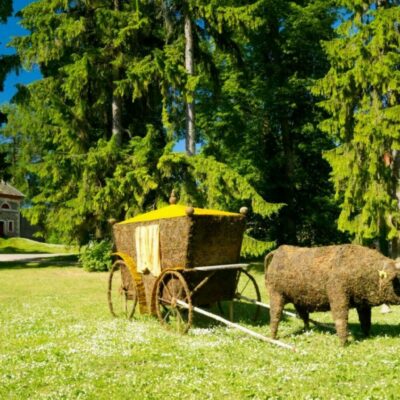The Jaunlaicene rural district is one of the smallest ones in the Alūksne region. Its total territory covers 5223 ha. On the west it borders on the Ape rural district in the Ape region, on the north-east its neighbour is Veclaicene rural district, on the east – the Ziemera rural district, but on the south – the Alsviķi rural district. Its former name in German was Neu Laizen, in Russian – Novo Laicenskaja. During the period of the administrative territorial reforms, the biggest part of the former Jaunlaicene rural district was included in the Ape rural district but the remaining part in the Trapene rural district.
One part of the highest hillock of the Alūksne Highlands, Dēliņkalns (Dēliņkalns Hill) (271 m above the sea level), lies in the Jaunlaicene rural district. In its territory there is also Apukalns (Apukalns Hill) (235 m above the sea level), and the church on its top is remarkable as it has been built the highest above the sea level in Latvia.
The Jaunlaicene rural district is rich in picturesque landscapes, small lakes, brooks and marshes. A part of the nature reserve “Dēliņkalns” as well as a number of cultural and natural monuments like the Apukalna church, Jaunlaicene manor, Lake Vārņu dwelling site and Ķauķu ancient burial place are located there.
Philologists and toponymy experts have proposed a hypothesis on the Finno-Ugric origin of the name Laicene that could mean a stoat. There is also a slight similarity to the name of the Estonian village Laitse that could mean a yellow water-lily.




